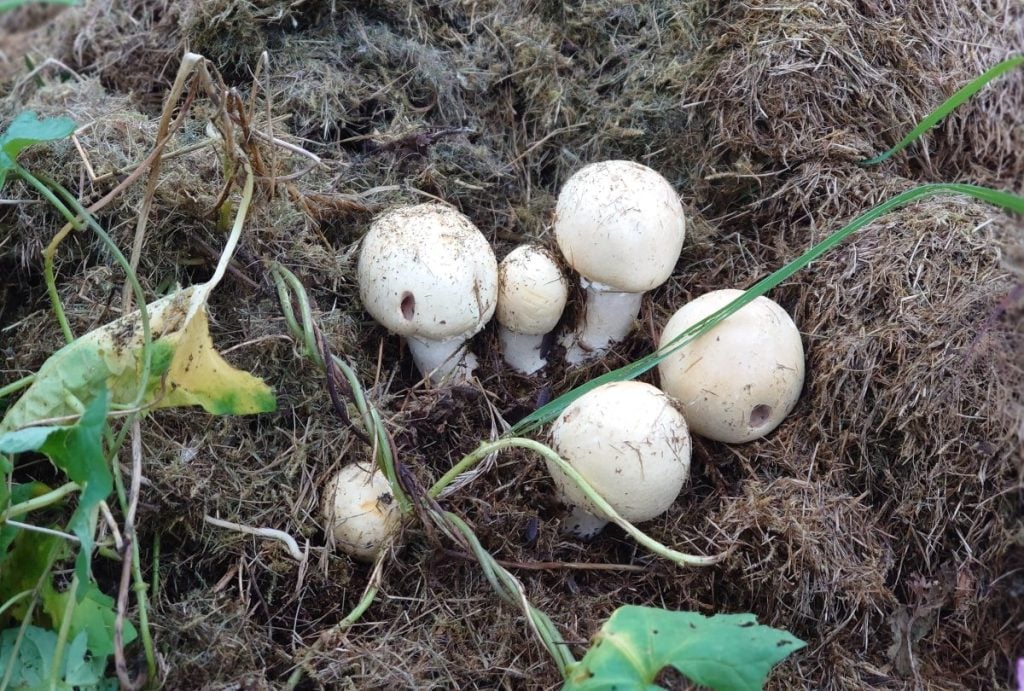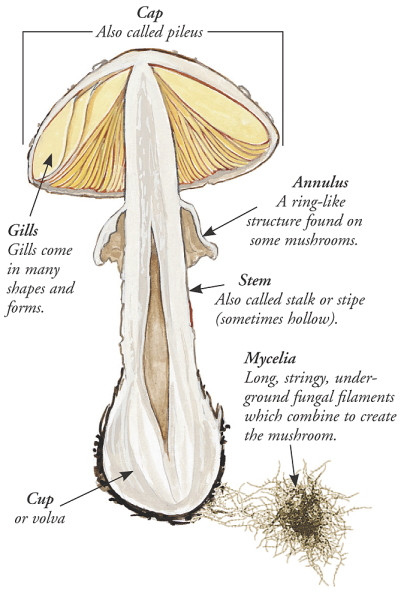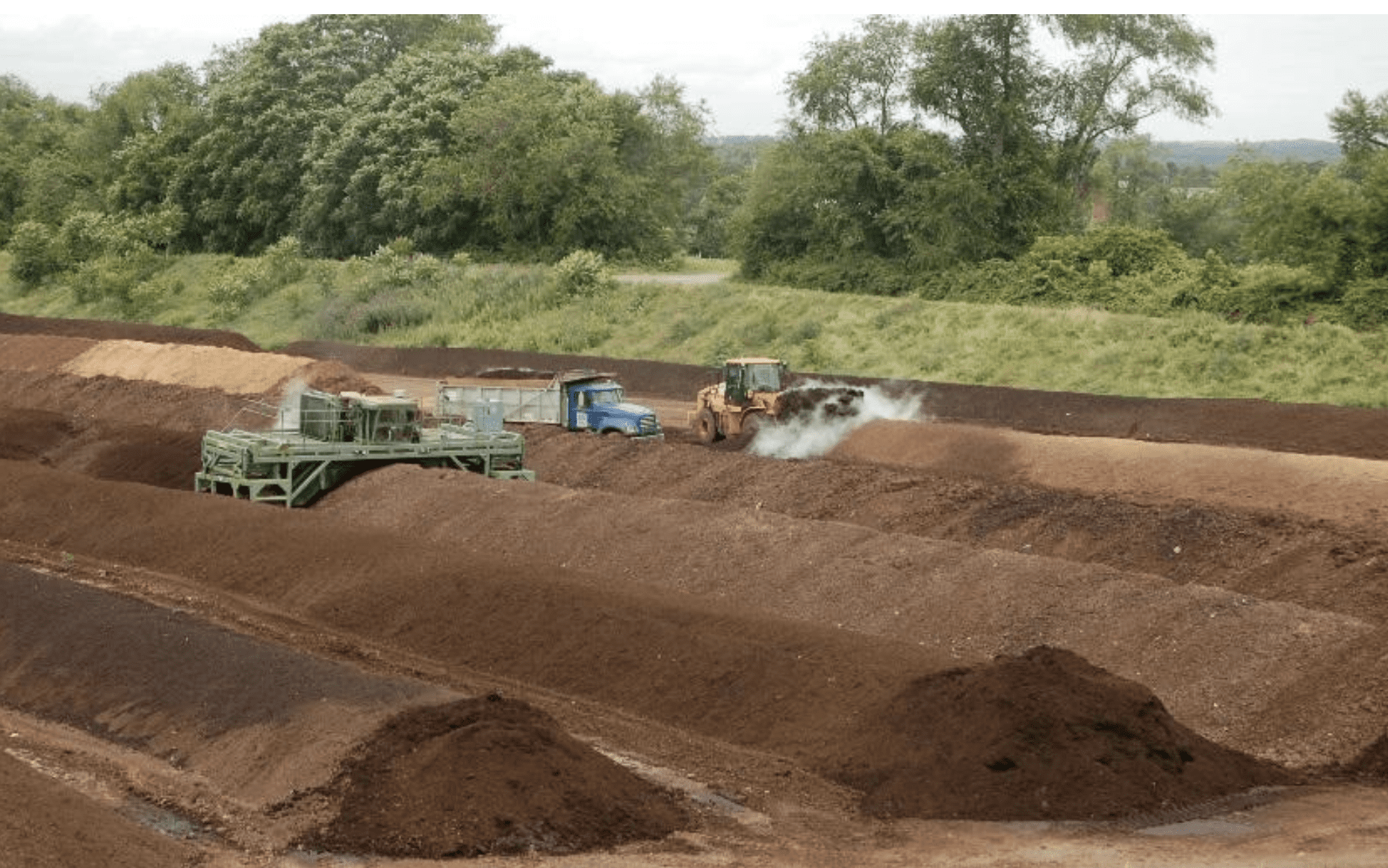Mushroom Manure: The Superfood Of Soil
Title: Mushroom Manure: The Superfood of Soil
Introduction:
Mushroom manure is a type of organic fertilizer that is made from the spent mushroom substrate. This substrate is the material that mushrooms grow in, and it is typically made from a combination of organic materials such as hay, straw, corn cobs, and manure. Mushroom manure is a rich source of nutrients, including nitrogen, phosphorus, potassium, and calcium. It also contains beneficial microorganisms that can help to improve soil health.
Main Content:
Benefits of Mushroom Manure
There are many benefits to using mushroom manure in your garden. Some of the key benefits include:
- Improves soil health: Mushroom manure is a great way to improve the overall health of your soil. It helps to increase the amount of organic matter in the soil, which improves drainage, water retention, and aeration. It also helps to increase the populations of beneficial microorganisms in the soil, which can help to break down organic matter and make nutrients more available to plants.
- Increases plant growth: Mushroom manure is a great way to boost plant growth. It provides plants with the nutrients they need to grow strong and healthy. It also helps to improve the overall health of plants, making them more resistant to pests and diseases.
- Attracts beneficial insects: Mushroom manure attracts beneficial insects, such as earthworms and ladybugs. These insects help to keep the soil healthy and free of pests.
- Reduces the need for synthetic fertilizers: Mushroom manure can help to reduce the need for synthetic fertilizers. This is because it provides plants with the nutrients they need, so you don't have to add as much synthetic fertilizer.
How to Use Mushroom Manure
There are a few different ways to use mushroom manure in your garden. You can add it to the soil as a topdressing, mix it into the soil before planting, or use it as a compost tea.
- Topdressing: To use mushroom manure as a topdressing, simply spread it evenly over the soil surface. You can do this in the fall or spring, before or after planting.
- Mixing into the soil: To mix mushroom manure into the soil, you will need to dig it in about 6-8 inches deep. This is best done in the fall or spring, before planting.
- Compost tea: To make compost tea, you will need to steep mushroom manure in water for 24-48 hours. Then, you can water your plants with the tea.
How Much to Use
The amount of mushroom manure you need to use will depend on the size of your garden and the type of plants you are growing. In general, you will need to use about 2-3 pounds of mushroom manure per 100 square feet of garden space.
Safety Precautions
Mushroom manure is generally safe to use, but there are a few safety precautions you should take. First, you should wear gloves and eye protection when handling mushroom manure. Second, you should avoid breathing in the dust from mushroom manure. Finally, you should not use mushroom manure on edible crops if it has not been heat-treated.
Conclusion
Mushroom manure is a great way to improve the health of your soil and boost plant growth. It is a natural, organic fertilizer that is free of chemicals. If you are looking for a way to improve the health of your garden, mushroom manure is a great option.
Mushroom manure is a type of slow-release, organic plant fertilizer that is made by mushroom growers using organic materials such as hay, straw, corn cobs, and hulls, and poultry or horse manure. It is a great way to improve the quality of your soil and promote plant growth.
For more information about mushroom manure, visit this website: https://www.gardeningknowhow.com/garden-how-to/soil-fertilizers/mushroom-compost.htm.
FAQ of mushroom manure
What is mushroom manure?
Mushroom manure is a byproduct of the mushroom growing process. It is made from horse, chicken, or other animal manure that has been composted with straw or other organic materials. Mushroom manure is a rich source of nutrients, including nitrogen, phosphorus, potassium, and calcium. It is also a good source of organic matter, which helps to improve soil structure and drainage.
What are the benefits of using mushroom manure?
There are many benefits to using mushroom manure in the garden. It can help to:
- Improve soil fertility
- Increase plant growth
- Promote healthy root development
- Improve drainage
- Retain moisture
- Reduce the need for chemical fertilizers
- Attract beneficial insects
How to use mushroom manure?
Mushroom manure can be used in a variety of ways in the garden. It can be added to the soil as a topdressing, incorporated into the soil before planting, or used as a mulch. When used as a topdressing, mushroom manure should be applied at a rate of 1-2 inches thick. When incorporated into the soil, mushroom manure should be mixed in at a rate of 1-2 cubic feet per 100 square feet. When used as a mulch, mushroom manure should be applied at a rate of 2-3 inches thick.
Is mushroom manure safe to use?
Yes, mushroom manure is safe to use in the garden. It is a natural product that has been composted and sterilized, so it does not contain any harmful pathogens. However, it is important to note that mushroom manure can be high in nitrogen, so it is important to use it in moderation.
What are the drawbacks of using mushroom manure?
There are a few potential drawbacks to using mushroom manure. First, it can be expensive. Second, it can be difficult to find. Third, it can be messy to handle. However, the benefits of using mushroom manure generally outweigh the drawbacks.
Image of mushroom manure
- Image 1: A close-up of mushroom compost, showing the dark brown color and the fibrous texture.

- Image 2: A pile of mushroom compost, with some mushrooms growing on top.

- Image 3: A bag of mushroom compost, with the label showing that it is organic and slow-release.
- Image 4: A handful of mushroom compost, being used to fertilize a plant.
- Image 5: A worm bin, with mushroom compost being used as the bedding for the worms.

- Image 6: A mushroom growing in a bed of mushroom compost.

- Image 7: A close-up of the mycelium, the thread-like vegetative part of the mushroom, growing in the mushroom compost.

- Image 8: A cross-section of a mushroom, showing the mushroom compost that it was grown in.

- Image 9: A petri dish, with mushroom compost being used to grow mushrooms in a laboratory setting.

- Image 10: A farmer, using mushroom compost to fertilize his crops.

Post a Comment for "Mushroom Manure: The Superfood Of Soil"